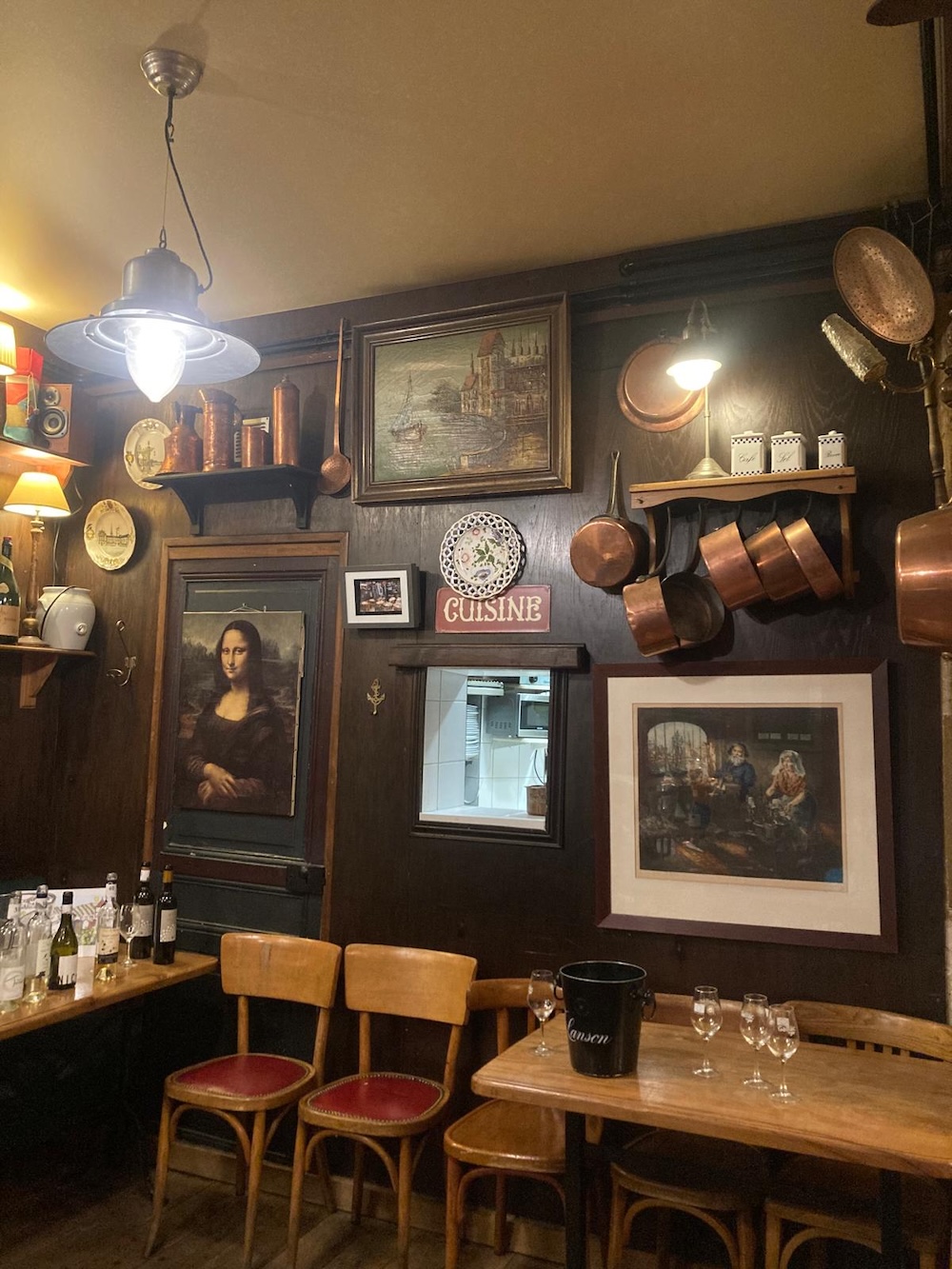
Discovery

Discovery
By Mauricio Llaver - Photographs: courtesy of the estates, posted on 31 July 2023
The South American country is the world's fourth largest wi ne exporter and leader among the New World wine countries, fuelled by the export culture of its wine producers, the active role of export promotion agencies, and free trade agreements with more than 65 countries.

In his novel ‘The Tailor of Panama’, written in 1996, British novelist John Le Carré recounts that bottles of fine wine were always opened at high-level diplomatic meetings. And he adds: ‘Chilean’, as a symbol of distinction.
These were the first results of a trend that began in Chile in the 1970s and became more entrenched in the 1980s, as a result of a more open economy and declining wine consumption in the domestic market. These two forces combined to transform Chile into an aggressive wine exporter, and the numbers now underscore that transformation.
Export perspectives were consolidated by numerous free trade agreements that were signed from the 1990s onwards, which allowed Chilean wineries to access more international markets free of duty. This was complemented by the work of two key organisations – ProChile and Vinos de Chile/Wines of Chile – which have since contributed to the promotion and presence of its wines worldwide.
The South American country is the world's fourth largest exporter, after France, Italy and Spain. It is also the leading exporter of New World wines, with an 8% share of the total international market; by comparison, Argentina's exports account for only 2.5%.
In the 21st century to date, its exports have grown at an average rate of 6% per year, and thanks to an official programme launched in 2010 – the Chilean Wine Sustainability Code – 80% of its exports are sustainable. The main markets for Chilean wines, in terms of value, are China, Brazil, the United Kingdom, the United States and Canada. Bottled wines account for 55% of its sales, with red varietal blends, Cabernet Sauvignon, Sauvignon Blanc, white varietal blends, Chardonnay and Merlot standing out. Chile is the envy of many wine-producing countries, and this is reflected in the experience of some of its wineries.

The most famous Chilean wine group is Concha y Toro, one of whose brands, Casillero del Diablo, is considered as one of the most renowned in the world. Two facts define its importance in the international market: one is that its first exports date back to 1933 – pretty remarkable for a South American country – and the other is that it markets its wines in 130 countries. Its main markets at the end of 2022 were the United Kingdom (where it has a strong advertising presence in the football and rugby leagues), the United States, Chile, Brazil and Mexico. The company's export strength is underscored by its 13 distribution offices around the world in addition to other distributors and independent sales offices, all of which are aimed at strengthening its sales network.
“The company believes this is a competitive advantage as it allows it to work directly with customers and effectively execute the sales and marketing strategy in key markets. In addition, we seek to be present in a variety of markets through trips and attendance of exhibitions”, Concha y Toro told Gilbert & Gaillard.
The company markets its wines across the categories, but for the last five years it has embarked on a strategy of premiunisation for its portfolio and already half of its sales comes from premium or superior quality wines. Its main brand is Casillero del Diablo, which has its own line extensions, such as Casillero del Diablo Reserva Privada. The iconic brand is Don Melchor, which has recently shown strong growth in several markets. Other relevant brands are Diablo and Marqués de Casa Concha. Concha y Toro attributes its export success to a combination of two factors: having good free trade agreements to open new markets, and positioning globally recognised brands through a commercial strategy that allows them to be on tables across the world.

Located in the Curicó Valley, Viña Aresti made its competitive breakthrough in 1999, when it began exporting bottled wine. At first it did so with the Aresti brand and in 2006 it added the global launch of its Espíritu de Chile label. Nowadays, as the ACW Group (Aresti Chile Wine), it exports to more than 40 countries, with an important presence in Japan, Finland and Ireland, among other markets.
“At Viña Aresti we export a wide variety of high quality wines made from grape varieties recognised in Chile and across the world such as Cabernet Sauvignon, Carmenere, Sauvignon Blanc and Chardonnay. Some of our main lines are Trisquel Gran Reserva, Trisquel Series and Family Collection”, explains the company.
For marketing its wines, the company has strategic partners in different export markets, including distributors and importers, whom it considers key due to their knowledge and experience of the relevant markets.
Attendance at international trade fairs is also prioritised as venues “where we have the opportunity to showcase our products and strengthen trade relations”. This work is reinforced by constant travel by the group's sales people, including visits and meetings with existing and potential customers. Behind all this, impactful marketing and digital promotion is rolled out to secure greater visibility for the products.
Aresti believes that Chile has the advantage of producing wines of excellent quality thanks to the country’s topographical and climatic conditions, and prices aimed at all types of consumers. It also points out the support of the Chilean state for exporters: “Chilean wineries receive support from institutions such as ProChile or Wines of Chile. Their help in promoting exports comes in the form of advice, training, organisation of fairs, and promotion of the country's image and the reputation of Chilean wines abroad. They provide specific information on each market of interest, with the main objective of expanding exports. The international economic agreements signed by the Chilean state have facilitated exports of Chilean wines. These agreements have focused on reducing tariff barriers and clarifying trade parameters, with the aim of facilitating access and presence in different markets”.


“Chile is a small, low-consumption country, so we have an export culture”. This is how Sebastián Cremaschi, CEO of the Cremaschi Furlotti winery, located in Loncomilla Valley, defines the philosophy of Chilean winemaking.
His family has always been a world traveller. They first emigrated from Italy to Argentina in 1899, and from there to Chile in the 1970s. With their project consolidated, they began to export bottled wine in the mid-1990s. Cremaschi Furlotti now reaches more than 40 countries, and exports account for more than 95% of its production. “Chile is a small and highly concentrated market,” says Cremaschi. “Most of our wineries export more than 80% of their production”.
Brazil, Europe, China and the United States are the bodega’s main markets and although it specialises in red and still wines, it also sells sparkling, semi-dry and sweet wines. “We are very innovative and versatile according to the needs of each market and customer,” says its CEO.
In order to make export trade more efficient, Cremaschi Furlotti constantly supports its distributors and travels to attend events, trade fairs and visit customers across the globe.
ProChile's support is fundamental: “Prochile provides market information, organises activities, and makes its infrastructure available to us in the form of offices and meeting rooms. We have a very fluid communication with them”.
Cremaschi sums up the context for Chilean wines: “We have an open economy with known and stable rules, first class ports with access to competitive maritime tariffs, and diverse wines of excellent quality that are very stable over time. These factors, combined with highly professional, skilled sales teams willing to travel all over the world, have positioned us as a major wine exporting country. At international fairs, Chile is present on an equal footing with any other wine-growing country in the world”.

Clos de Luz is a family-owned winery in the Almahue Valley, located about 120 kilometres South of the country's capital, Santiago de Chile. It was founded in 1945 and, in keeping with the country's export tradition, began selling its wines abroad in 2015. Today the company has a presence in 15 countries, with the United States and China leading the way, and its main product is premium Carmenere, promoted by Chile as its iconic grape. Clos de Luz focuses its exports on distributors targeting the on-trade and its commercial agents travel mainly to two international fairs: Vinexpo and ProWein.
It believes that Chile has successfully established itself in far-flung markets due to its open economy, along with the support of ProChile.

Bodegas Tagua SPA is another example of a Chilean winery that ultimately decided to embrace exports. The company dates back to 1902 and has been selling wine in bulk for more than a century. In 2015, after several corporate changes, it began shipping bottled wine, and in 2018, as Bodegas Tagua (BTT), it ramped up its foreign sales. Today, the company is present in 52 markets, primarily Brazil, China, Thailand, Colombia and Ecuador.
Alejandro Garrido, its Sales and Marketing Director, claims “there is no silver bullet for winning over international markets. We have to achieve a perfect mix between a large number of trips and customers who support us and market our products with strength and passion, and thus reflect the spirit and hallmark that we seek to establish as a company”.
In this respect, Garrido again feels that they have “a lot of support, from our government, Wines of Chile and other structures. But undoubtedly the trade treaties and agreements signed by Chile with more than 65 nations have greatly contributed to the success of the export model and companies like BTT”.
He summarises: “It is a combination of professionalism, honest prices so that consumers can access our wines, impeccable logistics throughout the chain, and our friendliness that makes us stand out as a country and opens new doors and markets for us every day”.



Discovery

Discovery

Discovery